K9 Lifeline's Transitional Leash is the most innovative and gentle dual purpose, no pull, training leash on the market. From head halter to slip lead, transition from a pulling dog to a calm companion.
The natural calming pressure point across the bridge of nose helps to keep your dog in a great state of mind, also, it's something new so it can take a little time to condition.
Practice walking with the Transitional Leash, and when you stop pull up slightly on the leash to "Turn On" the pressure and when your dog sits, lower your hand to release and "Turn Off" the pressure. See the video above for a refresher.
>> Here is PDF of how to put on the Transitional Leash from the second video <<
Here are few conditioning techniques if your dog is fearful or difficult when putting something over their head, or the head halter part of K9 Lifeline's Transitional Leash.
After our first session where we conditioned K9 Lifeline's Transitional Leash, practice putting it on and taking off so you both are comfortable, if needed you can feed their meals while the head halter is on and stop feeding when you take it off. If there are any issues putting the slip leash on see the videos below to help make a positive association by putting the slip leash and the head halter portion on.
Remember, you have to be more consistent than your dog is persistent, It's about patience over pressure.
Many dogs want to fight not to lose their leadership position, practice walking around the apt first, so you have fewer distractions and you both can get more comfortable with the technique and tool. When you stop using light pressure up and forward until your dog sits and then releases the pressure. It creates the natural correction that their mom gave, we want the leash to be short but loose as much as possible this way there is no pressure when your dog is in the correct position. This creates a tactile cue of pressure On & Off, building communication through the leash, asking the dog to go into a lower position. You have to remember to be more consistent and patient than your dog is persistent. If/when your dog is fighting the head halter, maintain upward gentle pressure, not lifting off the floor, just keep steady pressure up and forward and release pressure when your dog sits calmly.
Remember the Flight, Fight, Avoid and Acceptance phases that your dog might go through during the process, Dogs will rarely learn to accept without our help.
If your dog stops moving forward.
Keep light contact pressure until the dog moves forward, make sure the leash is parallel to the floor, if your dog is small and “do the dip” by lowering your body, then when your dog moves forward slightly RELEASE and give the leash back in what we call an "Active Release".
If your dog is standing still, laying down, and still not giving into leash pressure here are a few things to try;
Walk back to your dog and say "Let's Go" as you take a step forward until you get to the end of the leash without pulling your dog, wait a few seconds and repeat almost in rocking motion, like a swing or pendulum until your dog moves forward with you, it usually is on the 3rd time. Remember to have the leash parallel to the floor
Another technique is to take a step forward until you get to the end of the leash without pulling your dog, and with you facing away from your dog turn your wrist away from the dog and create a rocking motion again until your dog moves forward and at that moment RELEASE and give the leash back and continue your walk.
Practice walking around your home in a predictable pattern, stopping at various times and using light contact pressure until the dog lowers its body posture into a sitting position. You can add an ear massage for a job well done too. If you can't get your dog to sit next to you on a loose leash, you will never get your dog to walk with you on one.
Practice walking around your home in a predictable pattern, stopping at various times and using light upward contact pressure until the dog lowers its body posture into a sitting position. You can add a ear massage for a job well done too. If you can't get your dog to a sit next to you on a loose leash, you will never get your dog to walk with you on one.
Here is a great blog post for when people ask "What is that weird thing on your dogs nose"
Learn More:
If you would like to read more about some of the foundation processes we are following, Order the book: K9 Lifeline - The Basics: A Primal Guide to a Practical Approach to Improving Human/Dog Relationships.
Order a new or additional K9 Lifeline Transitional Leash here

